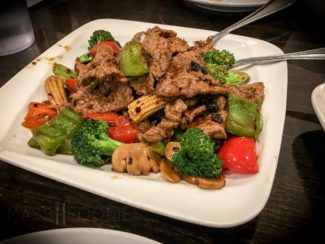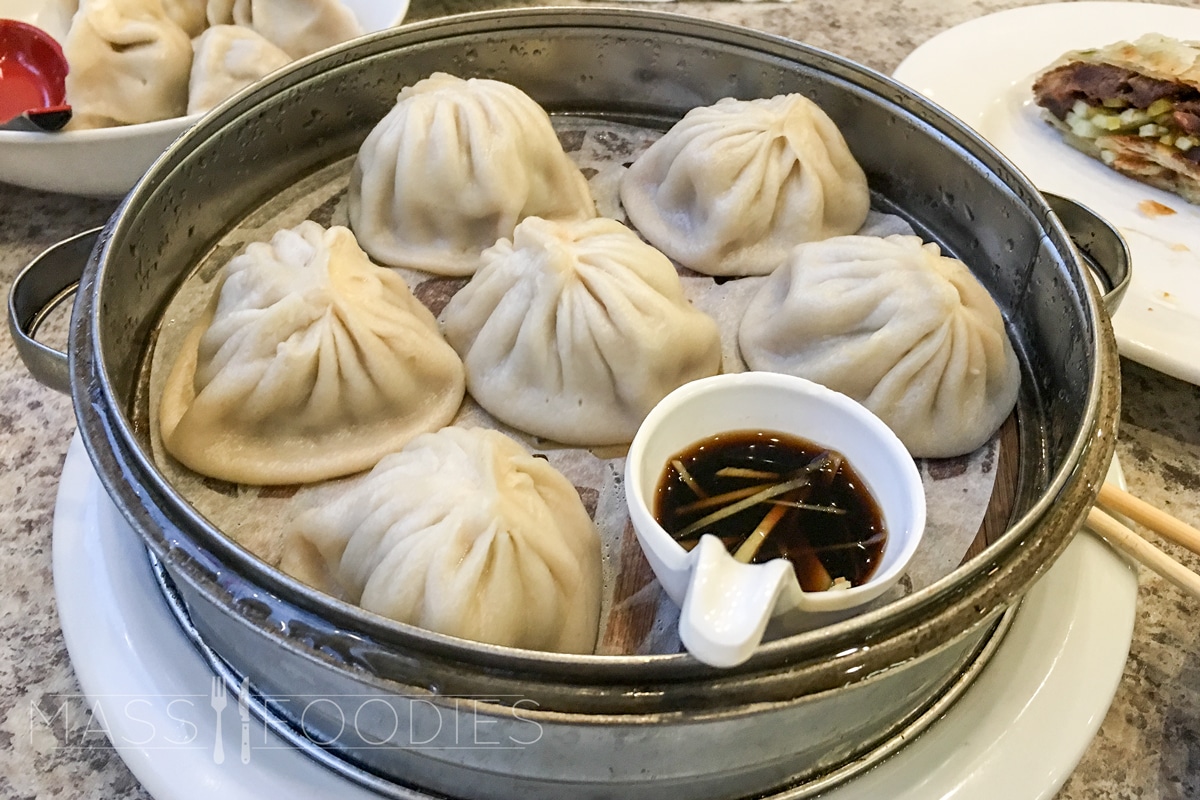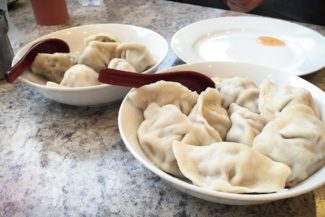
There is a wasted word that has crept into the cultural lingosphere: authentic. I have traveled enough to know that this word means, quite literally nothing. “Authentic” to whom? To when? To where? These are the three questions you should ask when someone tries to sell you something as “authentic.”
This word becomes even more fraught when it comes to food. So, how do we know if something is authentic? It’s not. Don’t worry about it. Tomatoes and corn are sweeter than they’ve ever been, no one eats suet or hard tack; relax and ask yourself the more important question: Does it taste good? It’s okay to say no. I drank fermented yak milk once and it was incredibly authentic, served to me by the wife of a Sherpa in Tibet… and I will never drink it again. My problems arise when the word “authentic” functions synonymously with “good.” (Like the word historical. Yes cathedrals are historical…but so is small pox.)
Enter: General Tso’s Chicken. As one of the inventors, Peng Chang-kuei, of the dish passed within the last year, it is only right and fitting that we examine this signature dish now. To discuss General Tso’s Chicken without discussing Chinese history or the Chinese immigrant experience in America, would be impossible. Chinese culture is so closely tied to food that Chinese immigrants of a certain generation will say, “have you eaten?” as a variation of “hello.”

To start, yes, General Tso was a real person. He lived during the Qing Dynasty in the Hunan Dynasty and was, in fact, a general. Perhaps more important than the General are the two chefs in this story: Peng Chang-kuei and Tsung Ting Wang (or T.T. for short). Peng Chang-keui was a prominent chef who rose through the Nationalist ranks and fled Communist China for Taiwan when Mao Zedong came to power. The story goes that sometime in the 1950s he created a chicken dish when Deng Xioping was dining at his restaurant. There is another story that says Peng invented it when U.S. Seventh Fleet commander, Admiral Arthur W. Radford visited his restaurant in 1952.
While I am no Deng Xioping, I decided to go to my favorite Chinese restaurant: Red Pepper in Webster Square. Oddly enough I had never had the General’s chicken; fish soup and tendon but never the chicken of the General. I ordered the Hunan Spicy Beef and the General Tso’s Chicken to contrast the two. The major criticism of General Tso’s chicken is that it is in no way Chinese, certainly not drawing from the Hunanese flavor profile of heavy, sour, hot and salty.
While Chef Peng was likely the originator, it was T.T. Wang in 1973 who introduced General Tso’s Chicken at Shun Lee Palace on the Upper West Side, earning a four star review in the New York Times. He made it crispier and tossed it in corn starch making the dish sweeter. Later that very same year Chef Peng opened a restaurant on 44th street and was seen not as the imitator, a usurper to T.T. Wang’s crown.
The two dishes arrived. And I think what I always think when I see General Tso’s Chicken: why is there broccoli on my plate? The chicken’s electric gold color brought me back to a simpler time when eating Chinese food was a luxury. And its sweetness and crunch made me realize why most every Chinese restaurant serves it. It’s perfect.
The early 1970s were a banner year for all things Chinese. In January of 1972 every American saw President Nixon go to China, the first president to ever do so, and they saw him eating actual Chinese food with actual chopsticks. This sparked a trend in the United States, an interest in all things Chinese, a Sinophilia so intense that the number of Chinese restaurants in New York City went from five to one-hundred thirty-five in a single year. Henry Kissinger himself was a regular at Peng’s eponymously named Peng’s Restaurant.
Chinese restaurants relied on traditional networks of family, relatives, families from the same town or province for cooks and wait staff. And as one family settled or became established those networks would begin to pulse with activity. They also worked through social groups and organizations to find work. And it was through these channels that General Tso conquered the United States. Yes the spelling is suspect: Tso, Tsau, Tsou, or Tsoa. But consider this: have you ever been to a Chinese restaurant that didn’t serve General Tso’s chicken? Every Panda Express at every mall food-court serves it. Said one documentary, “if it were not for pizza, General Tso’s Chicken could be crowned the most popular ethnic food” in America.
Is it authentic Hunanese food or even authentic Chinese food? I am not a nutritional anthropologist but I can tell you it tastes delicious. It tasted nothing like the Hunan Spicy Beef with its complexity and spice. General Tso’s was adapted for its audience. When Peng Chang-kuei himself opened a restaurant in New York City, adapted his recipe, making it sweeter and more suited to American palates.
The General has invaded the United States, usurping Colonel Sanders himself as our most popular eponymous chicken-icon, oddly enough, at the very same time that KFC’s proliferation in China itself has taken on epic proportions. Let us hope that the Colonel fairs as well in China as the General has in America. And let us hope that somewhere in China, there is someone eating a bucket of the Colonel’s original recipe asking if they’re eating authentic American food. Most importantly, let us hope that they pause and say, “who cares…as long as it tastes good.”



